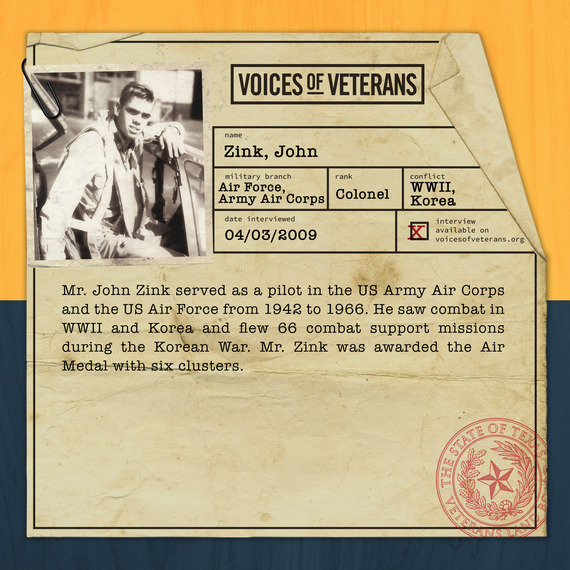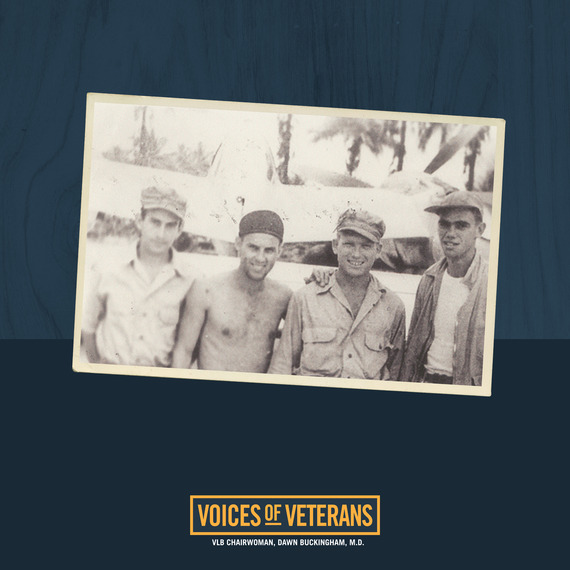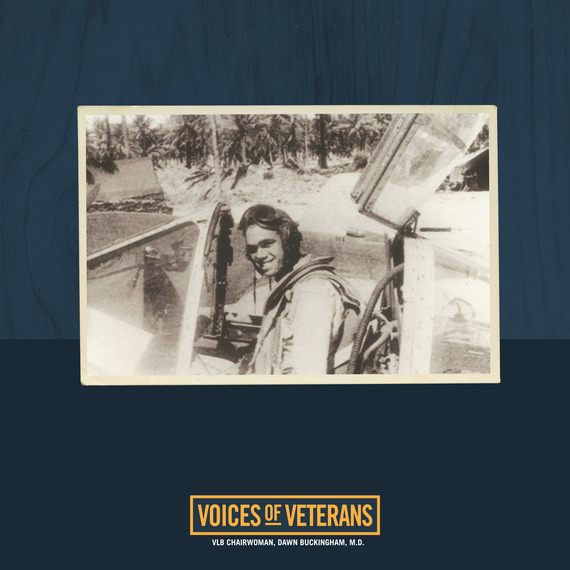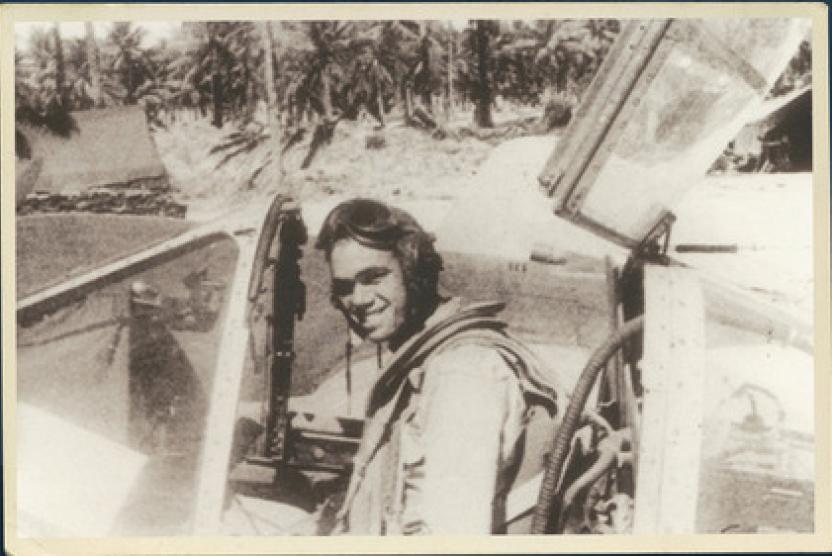AUSTIN, Texas— Today, Texas Land Commissioner and Veterans Land Board (VLB) Chairwoman Dawn Buckingham, M.D., is proud to introduce the next installment of the series highlighting the VLB's Voices of Veterans oral history program. This week, we highlight the service of Colonel John Zink who served in the U.S. Army Air Corps and U.S. Air Force.
Zink, the son of a World War I Veteran, decided to join the military after the Japanese bombed Pearl Harbor and the United States entered World War II. He went into the service in June 1942 while attending flight school. Even though Zink had never ridden in an airplane before flight school, his love of aircraft began as a young child.
“Well, as far back as I can remember, I was always interested in airplanes. One of the car dealers in my county had a Stenson Reliant. He used to land it in my neighbor’s pasture field, and every time he did, I’d run down there and drool over the airplane—I guess that's the right term—and I always wanted to fly.”

Like his peers, Zink felt that joining the military at this pivotal moment for America was the “right thing to do.” He also recognized that the emergency circumstances created by Pearl Harbor’s bombing would allow him to fly in the military without attending college. When discussing his first flight, Zink said he had two feelings. “Number one was I’m gonna do it, and the other one was, I’m sort of scared to do it. And I guess the joy overtook the other one.”
Zink graduated with the rank of second lieutenant and was extremely pleased to go on to fly fighter aircraft, specifically the Lockheed P-38 Lighting.
Zink described this historic fighter, saying, "A P-38 was a twin-engine fighter plane built by Lockheed Aircraft Corporation. It was designed in the late 1930s by Kelly Johnson and his engineering staff. Kelly was the head of engineering at Lockheed in those days. And first flew in late 1940 […] The first ones were probably delivered to the Air Force in mid-1941 in very small quantities. And then, when the war broke out, the contracts were increased.”
At an Air Force base in Rabaul, near the Solomon Islands, Zink recalled that the Japanese had six airfields with over 400 planes. He was a part of the 13th Air Force, and they were to cover 24 Douglass SBD Dauntless dive bombers and 24 Grumman TBF Avenger torpedo bombers on a dive-bombing mission.
“We had 16 P-38s on the mission, and as they started the dive-bombing run why, the Japanese fighters attacked from above. We don’t know exactly how high they were, but we were about 16,000, so they were probably 20,000. There was a thin deck of cloud above us, and we couldn’t see ‘em. And so, we followed the dive bombers down, and as we went down, I saw several P-38s crash in the water.”

Zink also described the dangers of compressibility that afflicted the P-38 and how one pilot was rescued after being shot down during that mission.
“As you gain speed in a P-38, the lift point would move back on the wing, and if it got to a certain point, it would actually blank out the elevator, and you couldn’t pull out of the dive. Whether these airplanes got into compressibility or actually were shot down, we’ll never know for sure, but we did see three of ‘em go down in real tight formation and hit the water […] there were 16 P-38s – 8 of them shot down or lost. We picked up one pilot seven days later, and, by the way, he’s 90 some years old and still living. We escorted the bombers back out off the target, and then we headed home.”

Zink spoke about the difficulty of losing friends and people he had attended flying school with and how combat was a rough experience as they fought the numerous Japanese forces. However, as they learned, Zink said, “We became more mature [and] gained experience from the mistakes that we made. We stopped losing airplanes, losing our fighters to the Japanese fighters. One of the things we’ve always been very proud of is that we never lost a bomber we were escorting to the Japanese fighters."
The P-38 pilots flew several bombing missions themselves, and Zink recalled being proud of the accuracy of their bombing with relatively little experience. He flew missions near northwest New Guinea, the Celebes, the East Indies, and Borneo for nine months. Zink recalled participating in long-range missions that cover over a 700-mile radius. He flew an incredible 157 missions over the Pacific Ocean while being deployed for 20 months.
Though he was discharged and needed rest due to combat fatigue, Zink’s military career did not end after his service during World War II. He would also make an impact during the Korean War as a top-notch pilot.
To listen to Colonel John Zink tell his story, click the button below:
RELATED: Voices of Veterans: U.S. Army Veteran Ken Wallingford Shares His Story of Service
RELATED: Voices of Veterans: Captain Mary Dale Shares Her Story of Service in the U.S. Army
Veterans can email VoicesofVeterans@glo.texas.gov to tell their stories. Please note that the Veteran must be a resident of Texas at the time of their interview.
Voices of Veterans is a state agency's first Veteran oral history program. It records the stories of Texas Veterans through their time in service and after returning home from combat.
The VLB records interviews with Veterans over the phone or in person. Their interviews are then permanently archived in the Office of Veterans Records at the GLO, where they join the historical documents of other Texas heroes such as Sam Houston, Davy Crockett, Jim Bowie, and William Barret Travis.
Veterans' interviews are also available to researchers, historians, genealogists, and the public. These precious records inspire future generations and remind us of our Veterans' sacrifices.
To listen to the over 500 archived stories of Veterans documented through the GLO's Voices of Veterans oral history program, click the button below:









